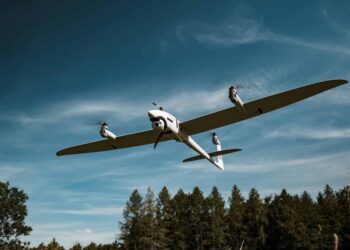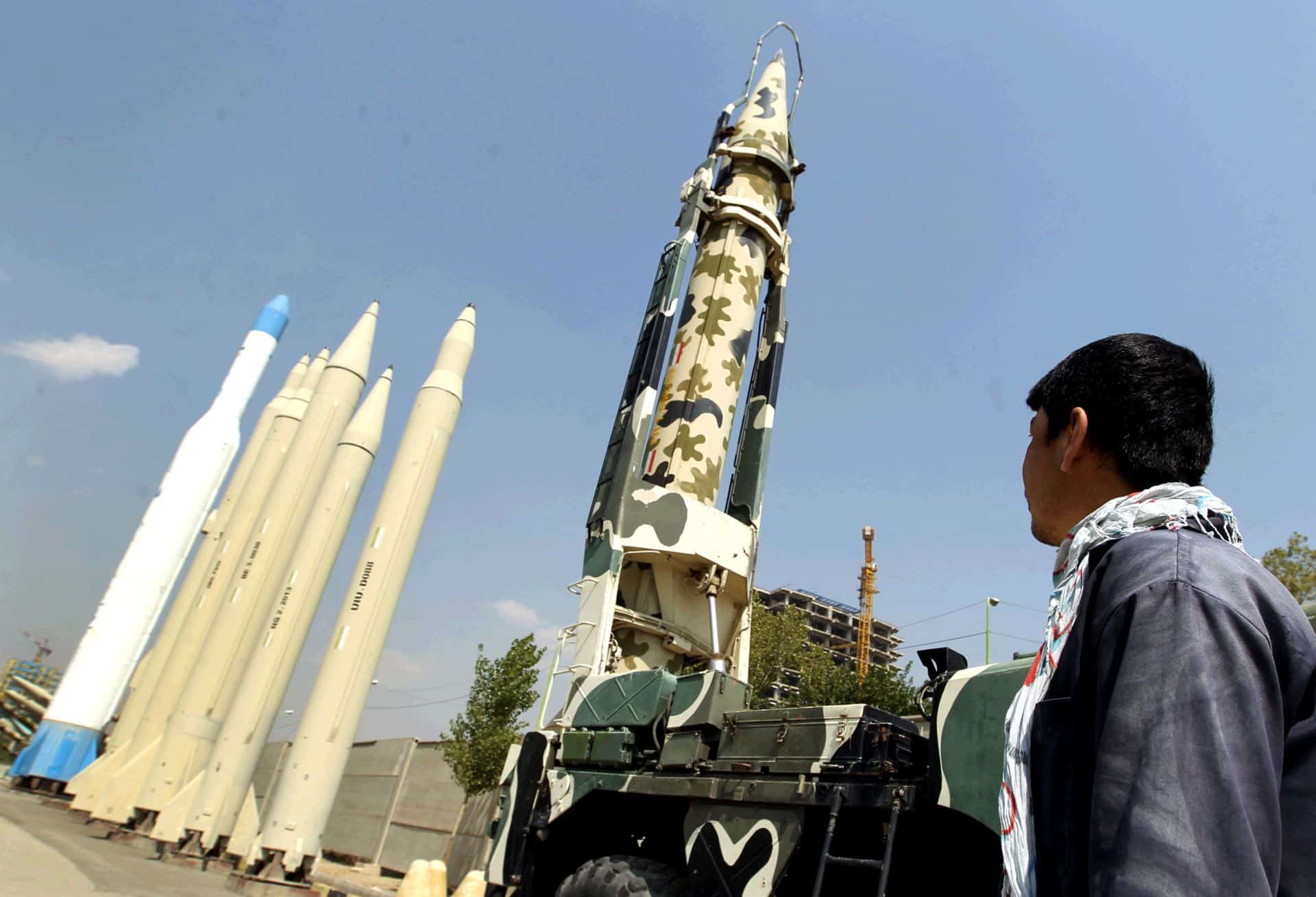US Air Force, OSAN AIR BASE, South Korea: An improved U-2S Dragon Lady offering greater pilot awareness and improved safety arrived here June 14 as part of the Reconnaissance Avionics Modernization Program.
The program's goal is to improve the maintainability and reliability of the aircraft. “The Block 20 aircraft is a new, modern cockpit with a computer on board that analyzes and displays a lot more information on three, 6-by-8-inch multi-function displays and two smaller displays,” said Lt. Col. Lars Hoffman, 5th Reconnaissance Squadron commander.
“The (displays) can be configured for information pilots desire in the layouts they prefer,” the colonel said. “Examples of information include altitude and navigation information, engine performance, moving map with mission course overlay, electronic checklists, diagnostic information on all aircraft systems and reconnaissance sensors, and multiple radio frequencies and settings.”
Trading in an old-fashioned typewriter for a cutting-edge computer may better illustrate the upgrade from the Block 10 to the Block 20 aircraft. “The Block 10 was a classic cockpit with round dials. Information was spread all around the cockpit and not easily readable by a pilot wearing a full pressure suit,” the commander said. “This up-front design of the Block 20 makes it easier for the pilot to read information while flying an aircraft that always requires a pilot's full attention.”
Pilots wear a full pressure suit and helmet, similar to those astronauts wear in space, because of the U-2's high-altitude mission.
The U-2, which has provided high-altitude reconnaissance for more than 50 years, has one of the highest mission completion rates in the U.S. Air Force despite the fact that the aircraft is one of the most difficult to fly because of its challenging takeoff and landing characteristics.
“It's a very complicated aircraft. Depending on configuration, you may need 10 to 30 people needed to launch the U-2,” said Maj. Ramsey Sharif, a U-2 pilot from Beale Air Force Base, Calif., who is temporarily assigned at Osan. “A mobile pilot is in charge of getting the pilot airborne and back on the ground. They act as a safety observer and ensure a safe launch and recovery.”
The colonel said the U-2 is the most difficult to land aircraft in the Air Force inventory. The landing gear configuration is unique so the “chase car” concept is used. Typically, a second U-2 pilot, the mobile pilot, is designated as the mission's backup pilot who waits in a high-performance chase car at the end of the runway as the aircraft makes it landing approach. As the U-2 passes, the chase car follows it at high speed, with the “mobile” calling out the aircraft's altitude via radio to the pilot.
“The pilot must maneuver the aircraft to two feet above the runway, and then stall the wings to touch down tail-wheel-first,” Colonel Hoffman said. “The pilot continues to keep the wings level as the aircraft slows to a stop and then allows one wingtip to touch the ground.”
This makes for a total team effort operation. The U-2 community is a tight-knit group with less than 850 pilots since 1955.
“We're an operational squadron doing real-world missions,” said Senior Airman Joshua Joyce, an avionics specialist with the 5th RS. “We're providing critical intelligence information to senior leaders.”
The U-2 was specifically designed to carry reconnaissance payloads to extremely high altitudes. The Block 20 U-2 can carry thousands of pounds of reconnaissance sensors to more than 70,000 feet, and remain aloft for more than 10 hours.
Germany says adding explosive drones to weapons arsenal
Germany said Friday it would buy explosive drones for the first time as Berlin boosts investments in its armed forces...









